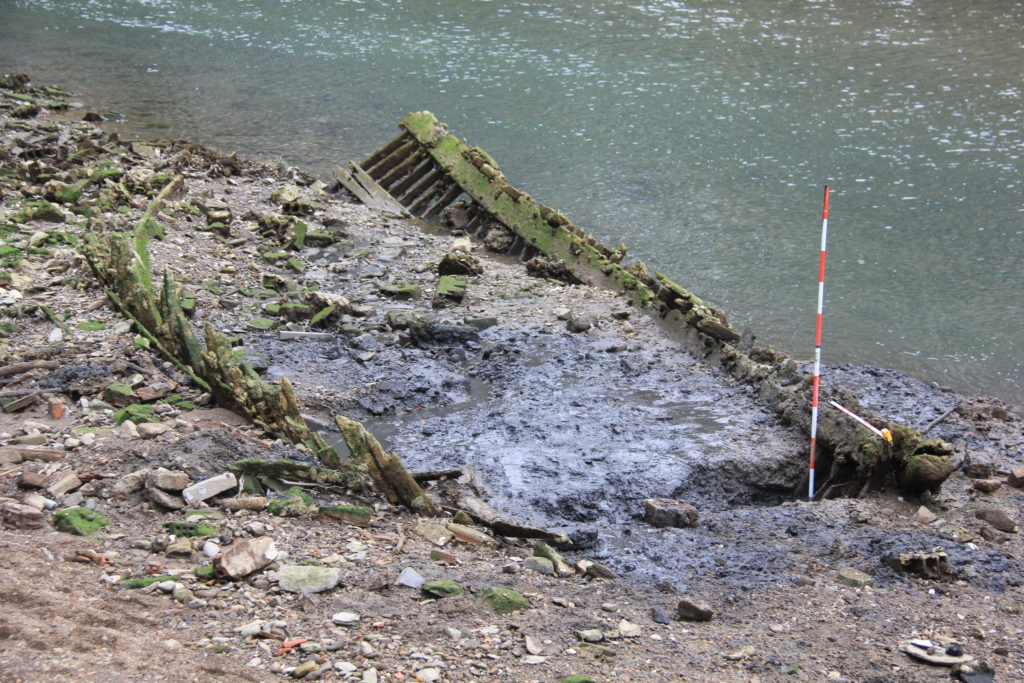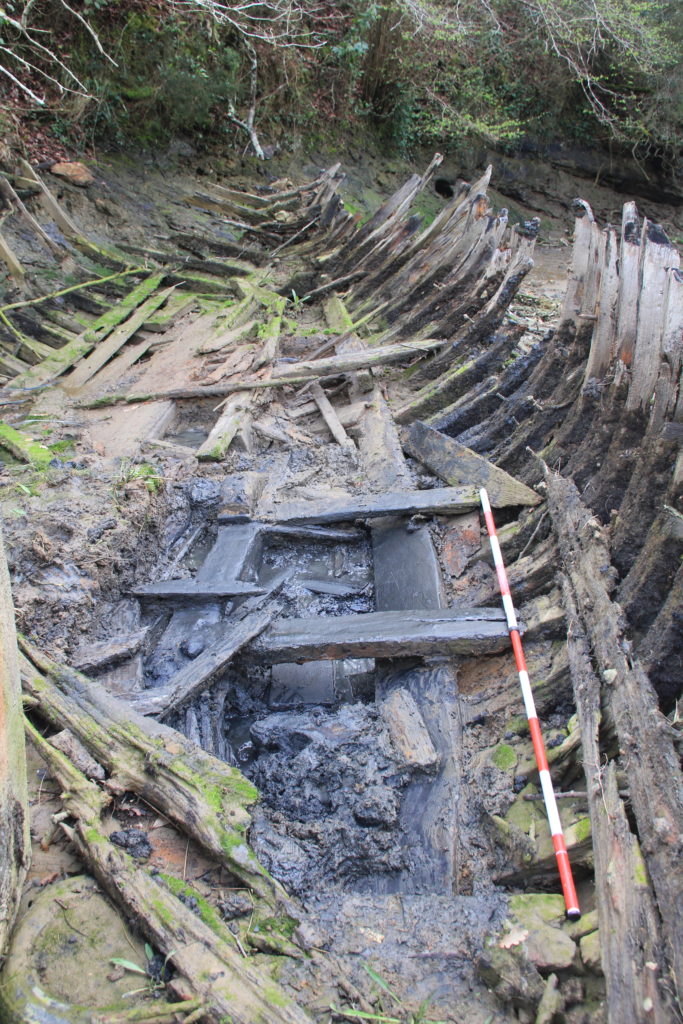
Basque Country (Spain)
Removing the mud from forgotten wrecks in the intertidal zone in the Basque Country, Spain
José Manuel Matés Luque (University of the Basque Country)
For the last few years, we have conducted several campaigns on recording the estuaries in the province of Bizkaia (Basque Country) from an archaeological point of view, paying attention to the intertidal zone.
Once the first survey were done, we focused on recording abandoned wooden wrecks. Despite many wrecks being from the 20th century and being considered by many a “recent rubbish not worth paying attention to”, we believe the opposite. They form a rich source of information about shipbuilding in the 20th century and may provide us with details which are not found in the photographs taken during their lifetime.
Besides, the so famous wooden fishing fleet from around the mid 20th century has almost disappeared. Just a few vessels survive in the hands of some cultural associations and museums. Therefore, recording the wooden wrecks abandoned in the mud of the estuary banks is an opportunity that cannot be overlooked.
So far, eight wrecks have been recorded and also some small wooden remains although some of the big wrecks need more cleaning. This is due to some problem with the position of the researched vessels and the riverbank conditions which does not allow for a continuous recording. One wreck in particular has causing a lot of water being filtered from the top layers of the riverbank and removing the mud was almost particularly impossible to see the timbers. Thus, a new approach will have to be taken during the next campaign.
In this presentation, we will show the wrecks recorded so far, the questions that we tried to answer, and the problems which we have encountered while recording.

